It is important to consider the conditions in which the stainless steel will be used. This includes:
- Chemical contact: what chemicals will the steel come into contact with?
- Temperature: at what temperature will the steel be used?
- Pressure: what pressure will the steel be subjected to?
- Flow rate: how fast will the liquid flow through the steel?
These factors can affect the corrosion resistance of stainless steel and its overall performance.
It is important to consider factors when selecting and using stainless steel.
- A - excellent;
- B - good;
- C - average or poor;
- D - not recommended.
| Chemical substance | AISI 304 | AISI 316 |
| Potassium Chloride | B | A |
| Potassium Chromate | B | B |
| Potassium Cyanide Solutions | B | B |
| Potassium Dichromate | B | B |
| Potassium Ferricyanide | B | B |
| Potassium Ferrocyanide | B | B |
| Potassium Hydroxide (Caustic Potash) | B | A |
| Potassium Hypochlorite | C | B |
| Potassium Iodide | A | A |
| Potassium Nitrate | B | B |
| Potassium Oxalate | B | B |
| Potassium Permanganate | B | B |
| Potassium Sulfate | B | A |
| Potassium Sulfide | B | B |
| Propane (liquefied) | A | A |
| Propylene | B | A |
| Propylene Glycol | B | B |
| Pyridine | A | A |
| Pyrogallic Acid | B | B |
| Resorcinal | - | - |
| Rosins | A | A |
| Rum | A | A |
| Rust Inhibitors | A | A |
| Salad Dressings | A | A |
| Salicylic Acid | B | B |
| Salt Brine (NaCl saturated) | B | A |
| Sea Water | C | C |
| Shellac (Bleached) | A | A |
| Shellac (Orange) | A | A |
| Silicone | A | A |
| Silver Bromide | D | D |
| Silver Nitrate | B | B |
| Soap Solutions | A | A |
| Soda Ash (see Sodium Carbonate) | A | A |
| Sodium Acetate | B | B |
| Sodium Aluminate | A | A |
| Sodium Benzoate | - | - |
| Sodium Bicarbonate | A | A |
| Sodium Bisulfate | D | C |
| Sodium Bisulfite | B | B |
| Sodium Borate (Borax) | B | B |
| Sodium Bromide | C | C |
| Sodium Carbonate | A | A |
| Sodium Chlorate | A | B |
| Sodium Chloride | B | B |
| Sodium Chromate | B | B |
| Sodium Cyanide | A | B |
| Sodium Ferrocyanide | B | B |
| Sodium Fluoride | D | D |
| Sodium Hydrosulfite | - | - |
| Sodium Hydroxide (20%) | B | B |
| Sodium Hydroxide (50%) | B | B |
| Sodium Hydroxide (80%) | C | B |
| Sodium Hypochlorite (<20%) | C | C |
| Sodium Hypochlorite (100%) | D | D |
| Sodium Hyposulfate | A | A |
| Sodium Metaphosphate | A | A |
| Sodium Metasilicate | A | A |
| Sodium Nitrate | B | B |
| Sodium Perborate | B | B |
| Sodium Peroxide | A | A |
| Sodium Polyphosphate | B | B |
| Sodium Silicate | A | B |
| Sodium Sulfate | B | B |
| Sodium Sulfide | B | D |
| Sodium Sulfite | B | A |
| Sodium Tetraborate | A | A |
| Sodium Thiosulfate (hypo) | A | B |
| Chemical substance | AISI 304 | AISI 316 |
| Sorghum | A | A |
| Soy Sauce | A | A |
| Stannic Chloride | D | D |
| Stannic Fluoborate | - | A |
| Stannous Chloride | C | A |
| Starch | A | A |
| Stearic Acid | B | A |
| Stoddard Solvent | A | A |
| Styrene | A | A |
| Sugar (Liquids) | A | A |
| Sulfate (Liquors) | B | B |
| Sulfur Chloride | D | D |
| Sulfur Dioxide | D | A |
| Sulfur Dioxide (dry) | D | A |
| Sulfur Hexafluoride | - | - |
| Sulfur Trioxide | A | C |
| Sulfur Trioxide (dry) | D | A |
| Sulfuric Acid (<10%) | D | B |
| Sulfuric Acid (10-75%) | D | D |
| Sulfuric Acid (75-100%) | D | D |
| Sulfuric Acid (cold concentrated) | C | B |
| Sulfuric Acid (hot concentrated) | D | C |
| Sulfurous Acid | B | B |
| Sulfuryl Chloride | - | - |
| Tallow | A | A |
| Tannic Acid | B | A |
| Tanning Liquors | A | A |
| Tartaric Acid | C | C |
| Tetrachloroethane | B | A |
| Tetrachloroethylene | - | A |
| Tetrahydrofuran | A | A |
| Tin Salts | - | D |
| Toluene (Toluol) | A | A |
| Tomato Juice | A | A |
| Trichloroacetic Acid | D | C |
| Trichloroethane | B | B |
| Trichloroethylene | B | B |
| Trichloropropane | A | A |
| Tricresylphosphate | B | B |
| Triethylamine | A | A |
| Trisodium Phosphate | B | B |
| Turpentine | A | A |
| Urea | B | B |
| Uric Acid | B | B |
| Urine | A | A |
| Varnish | A | A |
| Vegetable Juice | A | A |
| Vinegar | A | A |
| Vinyl Acetate | B | B |
| Vinyl Chloride | B | A |
| Water, Deionized | A | A |
| Water, Distilled | A | A |
| Water, Fresh | A | A |
| Water, Salt | B | B |
| Weed Killers | A | A |
| Whey | A | A |
| Whiskey & Wines | A | A |
| White Liquor (Pulp Mill) | A | A |
| White Water (Paper Mill) | A | A |
| Xylene | B | B |
| Zinc Chloride | B | B |
| Zinc Hydrosulfite | A | A |
| Zinc Sulfate | B | A |
Chemical resistance of stainless steel is achieved due to:
- The presence of chromium: stainless steel contains at least 10.5% chromium, which forms a strong, invisible film of chromium oxide on the surface of the steel. This film protects the metal from further oxidation and corrosion. The more chromium in the steel, the more resistant it is to corrosion.
- Other alloying elements: in addition to chromium, other alloying elements such as nickel, molybdenum, titanium, copper and others can be added to stainless steel. These elements affect the chemical resistance of steel in different ways, giving it resistance to certain acids, chlorides and other aggressive environments.
- Structures: different types of stainless steel have different microstructures, which also affect their resistance to corrosion. For example, austenitic stainless steels such as AISI 304 and AISI 316 have a stable structure that makes them resistant to a wide range of corrosive environments.
It is important to note:
- The chemical resistance of stainless steel is not absolute. It may deteriorate over time under the influence of certain factors, such as high temperatures, strong acids and chlorides.
- There are many different types of stainless steel, each with its own chemical composition and properties. The type of stainless steel that you choose for a particular application depends on the environment in which it will be used.
Selecting a stainless steel grade is key to ensuring the durability and resilience of structures and equipment in a variety of working environments. Different grades of stainless steel have different properties that make them more or less resistant to certain types of corrosion and degradation. It is important to consult a stainless steel specialist to select the correct grade for your specific application. We also recommend that you review the information on Stainless Steel Grades | Corrosion-Resistant Alloys by International Standards for properties / characteristics / chemical composition and equivalent of a specific stainless steel grade.
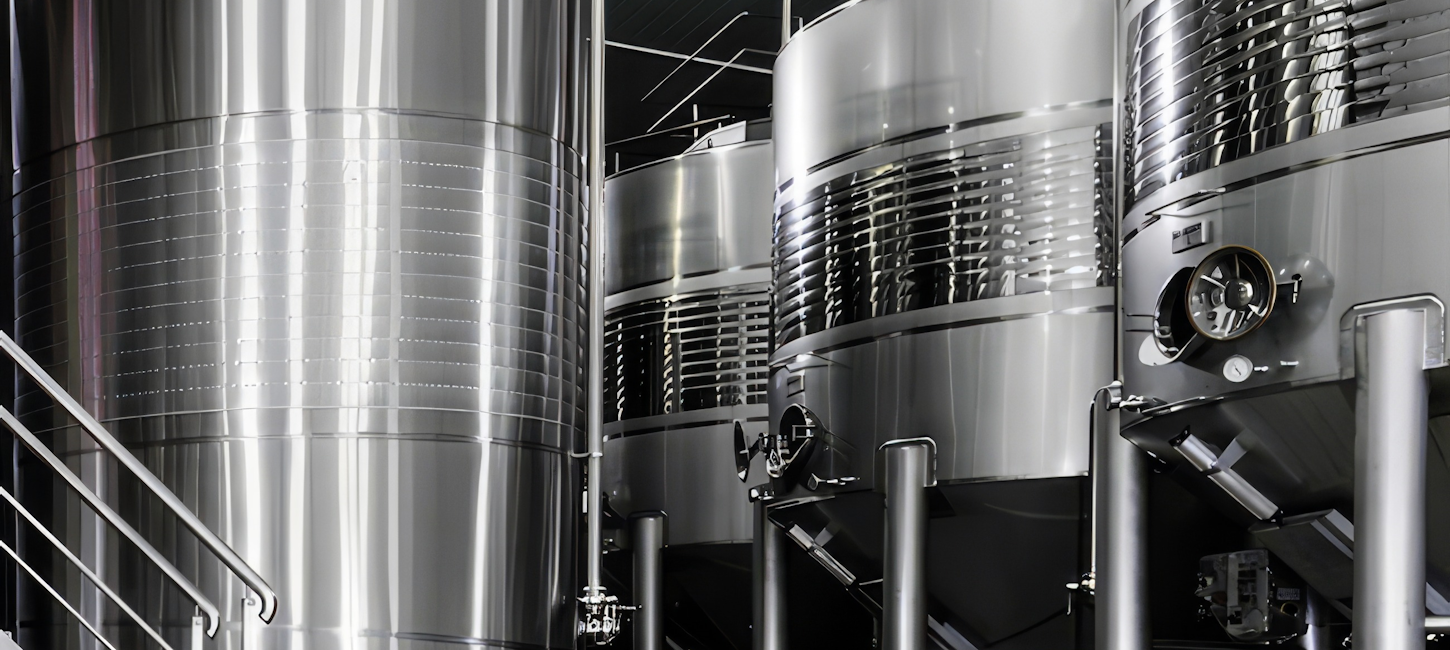
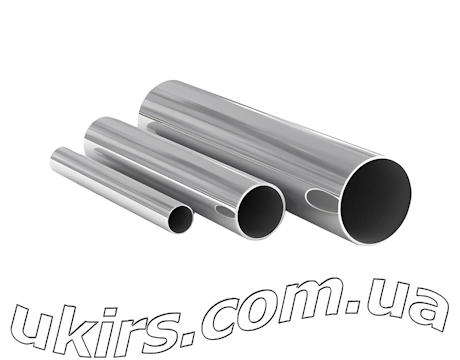 Stainless Steel Round Pipe
Stainless Steel Round Pipe 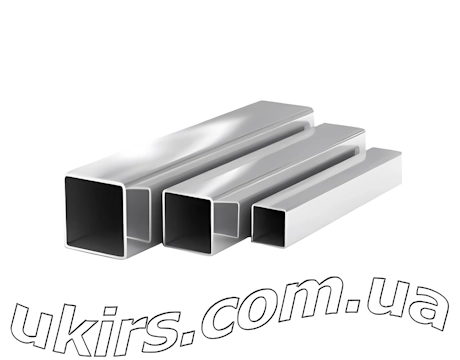 Stainless Steel Square Pipe
Stainless Steel Square Pipe 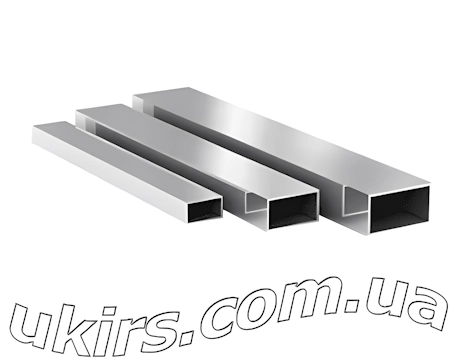 Stainless Steel Rectangular Pipe
Stainless Steel Rectangular Pipe 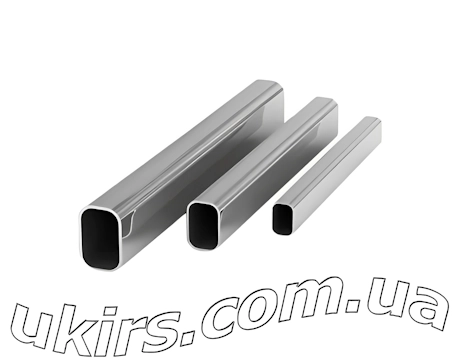 Stainless Steel Oval Pipe
Stainless Steel Oval Pipe 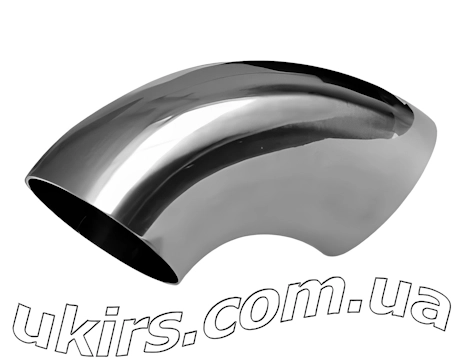 Stainless Steel Elbow
Stainless Steel Elbow 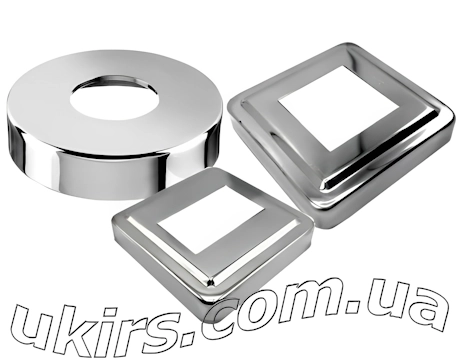 Stainless Steel Decorative Cover
Stainless Steel Decorative Cover  Stainless Steel Flange
Stainless Steel Flange 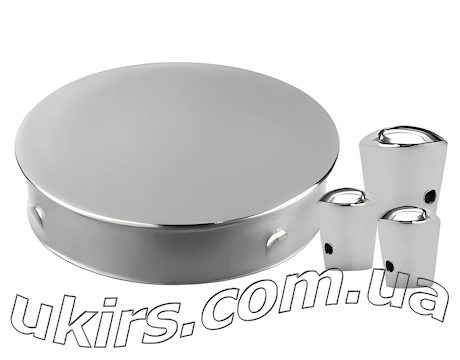 Stainless Steel Plug / Cap
Stainless Steel Plug / Cap  Stainless Steel Handrail Holder
Stainless Steel Handrail Holder